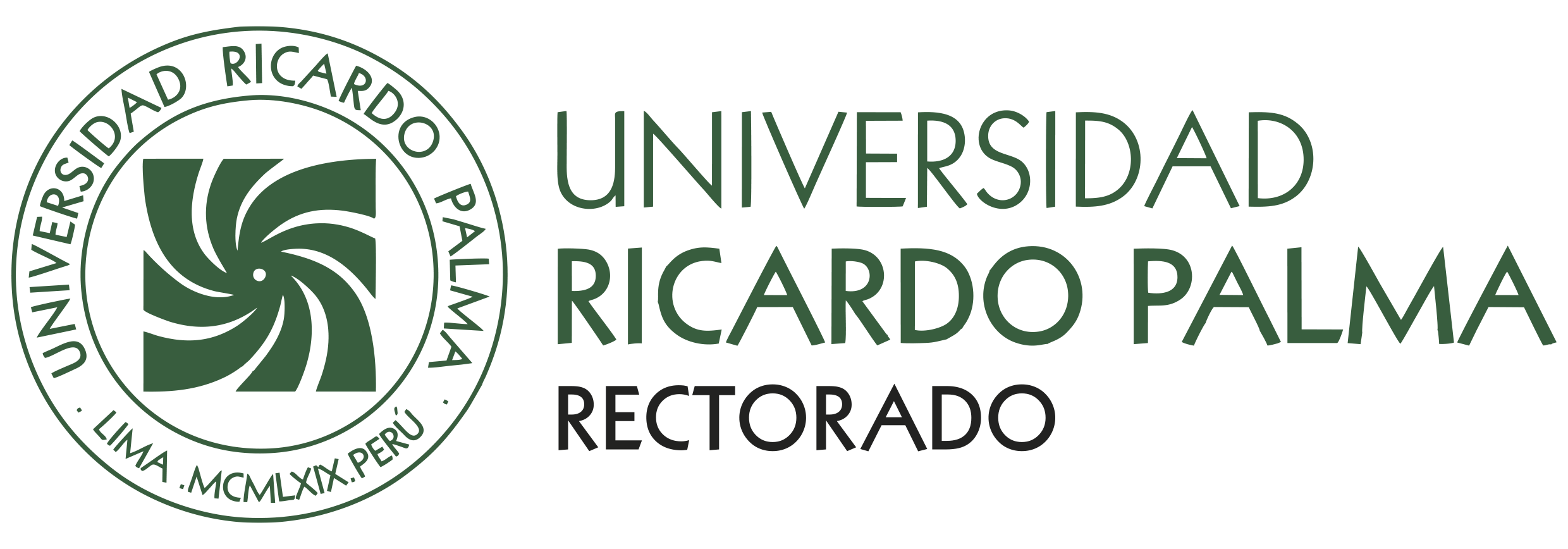Environmental Roman guardianship of forests-trees
Abstract
The consumer must also be clearly aware that today the purchase of reams of white paper implies the felling of trees, consequently, an attitude of "sustainable consumption" according to the preferred definition for the term proposed at the Oslo Symposium in 1994 and adopted by the third session of the United Nations Commission for Sustainable Development (CSD III) in 1995, where it was defined as: "The use of goods and services that respond to basic needs and provide a better quality of life, at the same time that minimize the use of natural resources, toxic materials, and emissions of waste and pollutants over the life cycle, in such a way that the needs of future generations are not jeopardized", a definition that is also connected with the most common internationally. of "sustainable development" which is used by the Brundtland Commission: "Sustainable development is that development that meets present needs without jeopardizing the ability of future generations to meet their own needs" (WCED, 1987:43), it would be, among others, the implementation of actions so that these destroyed trees are compulsorily replaced by others.
Downloads
References
ABELENDA, V. V. [En prensa] “Protección del “consumo sustentable” en la regulación del régimen romano de derivación de aguas públicas”, en Studia et Documenta Historiae et Iuris (SDHI), Roma, 1-21 pp.
ASTOLFL R. 1986 Diritto minerario e problem: di me todo (G. Negri, Diritto Minerario Romano, 1), SDHI 52, 1986, 525.
BOVE, Lo o 1960 Ricerche sugli “agri vectigales”, Napoli, 1960.
CAPOGROSSI COLOGNESI, L. 1993 “L'interdetto “quod vi aut clam” e il suoambito di applicazione”, Index 21, 1993, 258-77.
CAPOGROSSI COLOGNESI, L. 2008 “Notas sobre la extra-comercialidad de las res communes omnium/ res publicae iuris gentium y su conservación en la experiencia jurídica romana”, en El Derecho, Buenos Aires, 11 de abril del 2008.
DI PIETRO, A. 1999 Derecho Privado Romano. Buenos Aires, 1999.
DI PORTO, A. o 1988 La tutela della “salubritas” fra editto e giurisprudenza. Il ruolo di Labeone. I. Acque, Bullettino dell”Istituto di Diritto Romano Vittorio Scialoja (BIDR) 91, 1988, 469-500.
D'ORS, A. 1969 “Sobre las pretendidas acciones reales “in factum”, en Jura. Rivista internazionale di diritto romano . ' eantico 20, 1969, 75.
FARGNOLL, L 1998 Studi sulla legittimazione attiva all'interdetto quod vi aut clam, Milano, 1998.
ILIFFE, Jo 1965 “The usufructuary as plaintiff under the lex Aquilia according to the classical jurists”, RIDA 12, 1965, 340,
MACCORMACK, G. 1973 “Celsus quarert: D.9.2.27,14”, Revue Internationale des Droits de PAntiquité (RIDA)20, 1973, 344-345.
MAGLIOCCA, V.F.P. 1967 “Per la formula dell'”interdictum utrubi”, SDHI 33, 1967, 248.
MAROTTI, E. 1972 “Silva caedua”, Acta Antiqua Ácad. Scienttam Hungaricae 20, 1972.
MUSUMECI, F. 1992 “Tutela del ambiente e diritto romano”, Index. Quaderni camerti di studi romanistici. 20 (1992), 565.
RODRÍGUEZ NEILA, J.F. 1996 Ecología en la Antigúedad clásica. Madrid, 1996, 31. : .
ROBBE, U. 1975 La “Hereditas ¡acet” e 1l significato della “hereditas” in diritto romano. Milano, 1975.
RUSSO RUGGERI, C. 199% Viviano giurista minore? (Pubblicazioni della Facoltá di Giurisprudenza della Universita di Messina, n. 191), Milano, 1997.
WILINSKI, A. o N o 1976 “Rapporti: Polonia”, Index 6, 1976,330.
Downloads
Published
How to Cite
Issue
Section
License
Copyright (c) 2011 Virginia Abelenda

This work is licensed under a Creative Commons Attribution 4.0 International License.













